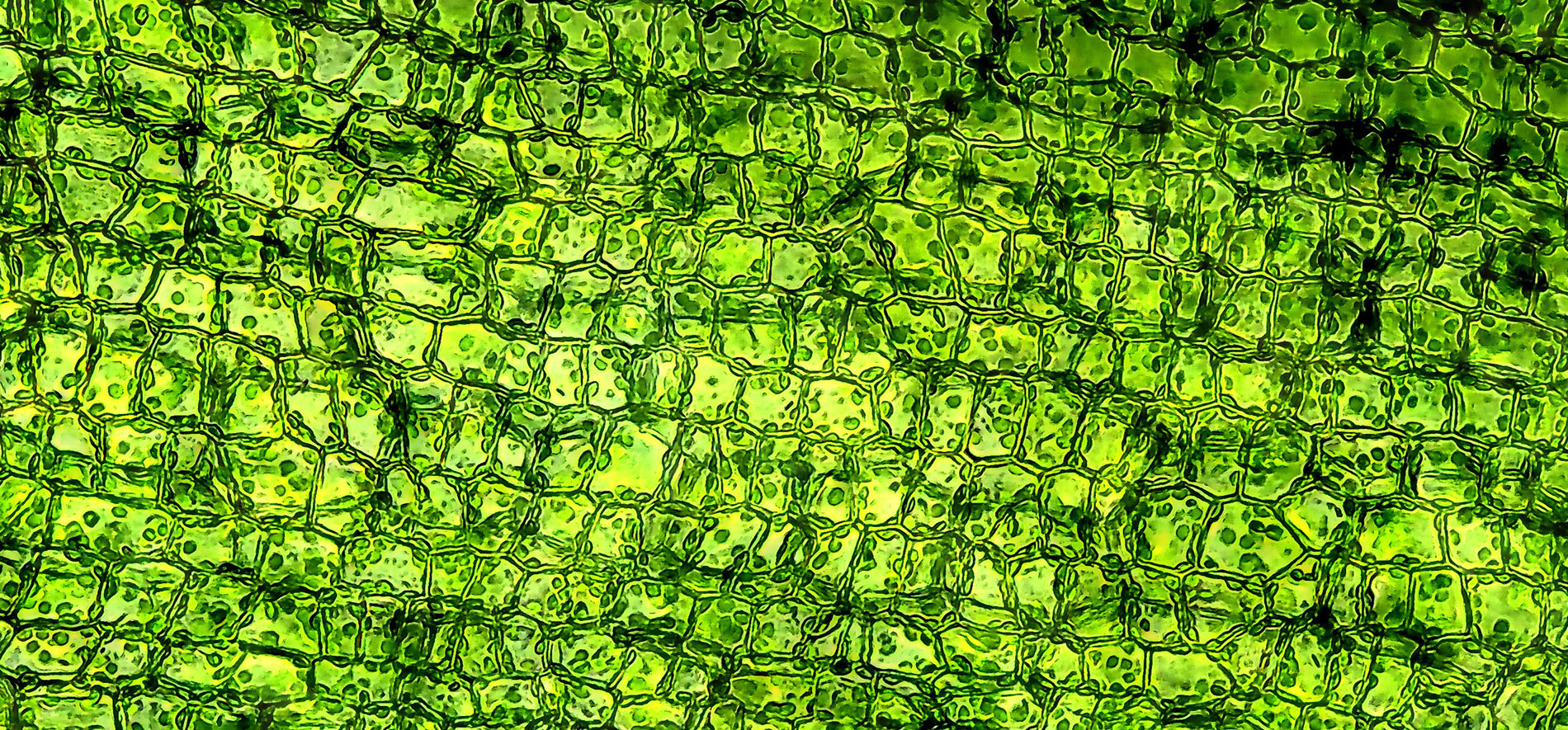
Simon Kremer attended the Agri-TechE “Controlled Environment Agriculture – The Industry is Growing Up” virtual conference. A really interesting and disruptive sector embracing a wide variety of technologies and players. Here are five issues which caught his eye…
1) Plenty of innovation
If you think that “Controlled environment agriculture” (CEA) is only stacks of hydroponic or aeroponic leafy greens growing in identical boxes under precise recipes of mixed LED-lighting think again. The sector embraces everything from that kind of ultra-controlled vertical farming, to cleverly automated greenhouses, with soil, ventilation and windows with nice natural light, which brings us to…
2) Hybrid installations
The most efficient installations of the future may well be hybrids, which optimise their construction to minimise the amount of artificial heat or light (or cooling) required to grow the crops under LED and natural illumination. Using glass with an appropriate choice of U-values, insulation, reflectance and orientation can make for significant reductions in running costs. But this needs to be perfectly tailored for the exact location. So for CEA, like so much else, location could be everything, which brings us to…
3) Urban growing
One of the big attractions of CEA is the ability to grow plants in an urban environment, and in particular to utilise real estate which may otherwise not be capitalised upon (office environments, underground spaces (see more in our blog Growing Underground), externally or internally greened vertical buildings, and so on). That is not just attractive economically, and in terms of reduced food miles, but the plant factories of the future may be fully integrated into the city, for example helping to control or store heat, water, and humidity from the city itself, while also helping smooth peaks and troughs in energy demand and supply, particularly from renewable sources. An environmental win-win, which brings us to…
4) Regulation and labelling
How can growers best leverage the ‘green’ credentials of CEA products? Some shoppers will pay a premium for an “organic” label but what about other certifications – such as carbon footprint ? CEA regulation and labelling is a complex and developing area, but a crucial one if the growers are hoping to charge a premium. But perhaps consumers care more about nutrition and flavour anyway, which brings us to…
5) Deliberate stress
CEA crops may be nice and fresh if they’re grown on your doorstep, but will they actually be tasty? The image of a high-tech ultra-controlled environment may leave consumers sceptical about whether the products will be equally uniform or bland. Apparently one way to make sure the plants stay tasty is to deliberately stress them, by introducing different kinds of challenge into their otherwise controlled system, which may seem pretty mean.
While there are still obstacles to overcome, it is great to see technologies and business models for CEA scale and gain traction. Watch this space.
Simon has more than 25 years’ experience working as a European and UK patent attorney working in the life sciences sector. He provides clear and practical advice on all aspects of patents and other IP rights including drafting, prosecution, inter partes proceedings and due diligence. He is regularly involved in oppositions and appeals at the European Patent Office and covers a wide variety of technical fields, including physical biochemistry, therapeutics, diagnostics, genetics, chemistry and mechanical subject matter.
Email: simon.kremer@mewburn.com
Sign up to our newsletter: Forward - news, insights and features
Our people
Our IP specialists work at all stage of the IP life cycle and provide strategic advice about patent, trade mark and registered designs, as well as any IP-related disputes and legal and commercial requirements.
Our peopleContact Us
We have an easily-accessible office in central London, as well as a number of regional offices throughout the UK and an office in Munich, Germany. We’d love to hear from you, so please get in touch.
Get in touch

